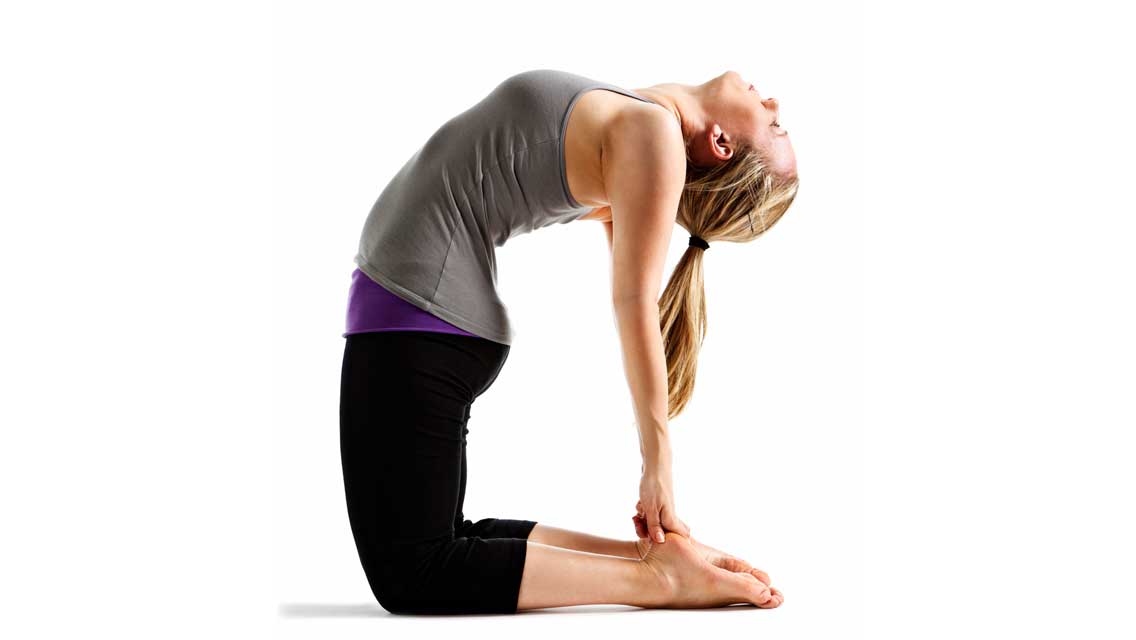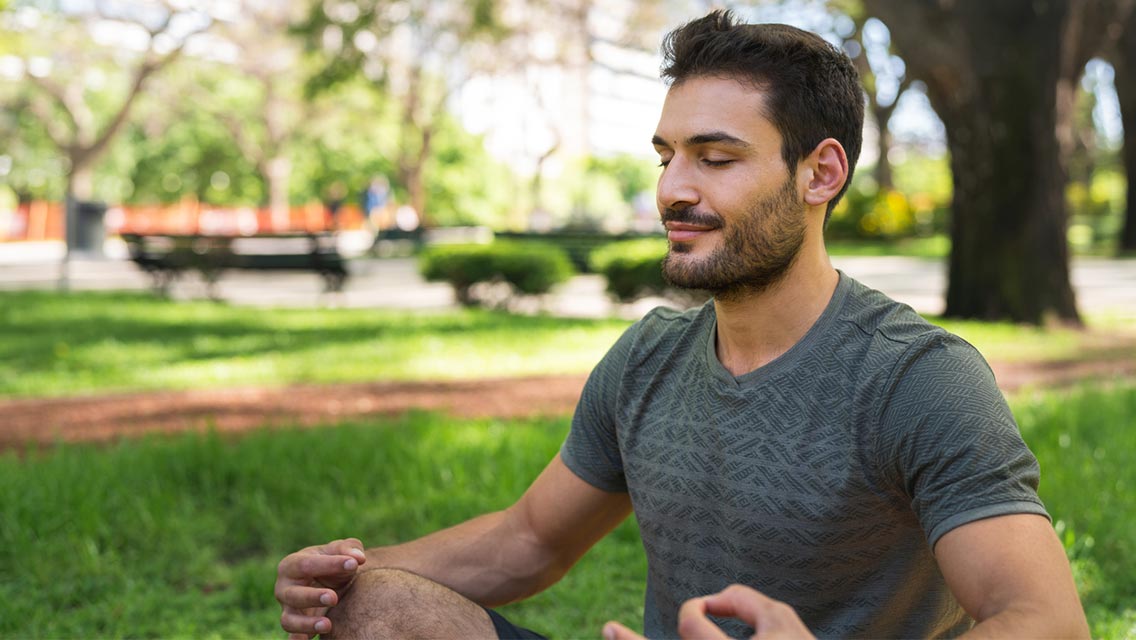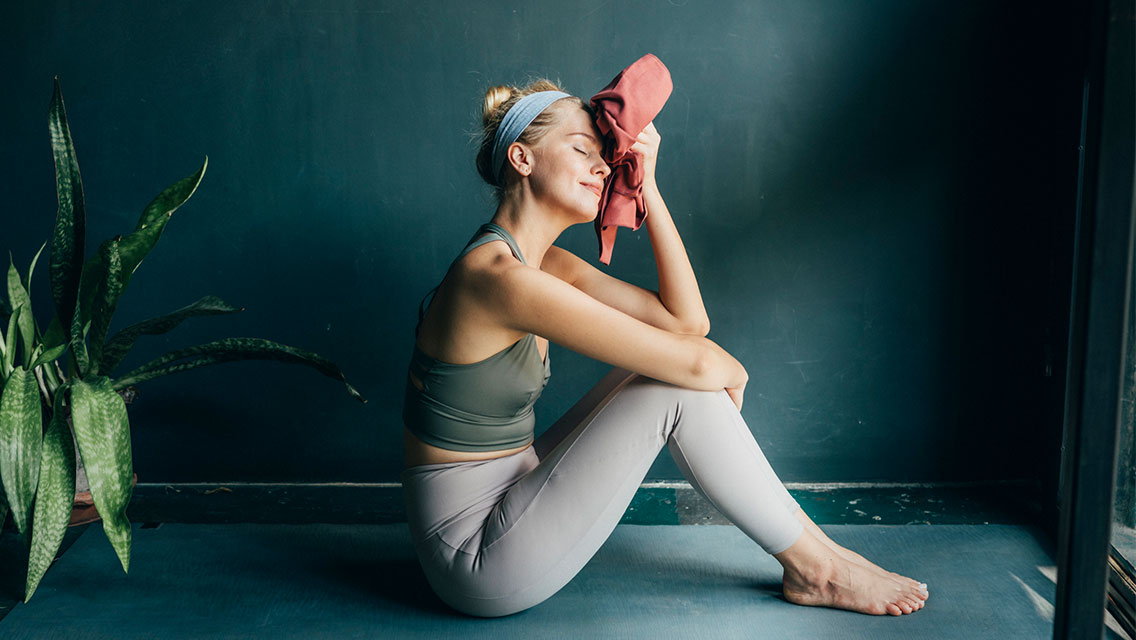The first time I curled back into “Camel,” I wept.
It was January 2004. I was 20 years old, living in New York City, and, in that particular moment, I was on my knees and bending backward into Ustrasana, the 22nd of 26 poses that make up a 90-minute Bikram yoga practice.
As the instructor encouraged the class — packed full of New Year’s “resolution-aries” eagerly down-dogging our way to clearer minds and tighter bodies — to open our chests to the ceiling and push our hips forward, I found my eyes filling with tears.
I did a quick scan of my body: nothing hurt, nothing was strained, nothing was broken. These weren’t tears of pain, which was a relief, and they weren’t tears of sadness. The tears were just there, welling up and annoyingly blurring my vision as I tried to cast my glance down the back wall.
The tears were just there, welling up and annoyingly blurring my vision as I tried to cast my glance down the back wall.
Distracted and uncomfortable, I pulled myself out of the posture and settled quickly into child’s pose; any tears that escaped my eyelids melted into the sweat pouring from my face in that 105-degree room.
After that unpleasant experience, Camel pose became an afterthought. While I practiced Bikram, it was a posture to “get through,” a time-suck between postures that I was more skilled at. Eventually yoga became little more than a sporadic activity, and Ustrasana faded into the recesses of my memory.
Then, this fall, I began attending yoga classes again after a very long hiatus. Twice a week, I hobbled through asanas that once felt like second nature, and I slowly got a feel for flowing through a vinyasa again.
One night, my instructor and friend Jennifer Worley guided our small group into Camel. I hesitated as I got down on my knees, placed my palms on my sacrum, and started to lift my gaze up and back, initiating the supported backbend. I remembered the emotional discomfort I’d felt nearly a decade earlier, and imagined that 10 years of aging — not to mention a series of desk-bound writing jobs that further tightened my hips, chest, and spine — would make the whole experience even harder.
But I listened to Jen, focused on my breath, and curled back. This time, I didn’t weep — instead I was grinning ear-to-ear. The smile was as surprising as the tears had been.
“It’s normal,” Jen assured me when I confided my manic reactions after class. Camel is more than a backbend, she explained. It’s also considered a “heart-opener,” meaning it can trigger emotional releases that may or may not be tied to what we are consciously feeling. “You may cry even though you don’t actually ‘feel’ sad. Or it might make you feel really happy for no reason.”
Jen encouraged me to just “go with” whatever bubbled up and not to wriggle out of a pose to escape emotional discomfort. (Physical discomfort is another story; if it hurts, stop what you’re doing.)
I’ve tried to follow her advice over the last few weeks, and it’s become obvious that there’s a bigger life lesson here:
Duh, you’re probably thinking.
Get comfortable with being uncomfortable.
I tend to shy away from things that seem uncertain, out of control, unfamiliar, and uncomfortable. Over the years I’ve had to force myself to take calculated risks (such as moving to a new city for work) and to get out of my comfort zone (going to a party with people I don’t know when I’d rather stay home in my pajamas).
Over time it’s gotten easier to push myself in this way, but my natural instinct in times of perceived distress is to retreat, to run away — to bow into the safety and comfort of child’s pose rather than risk exposing my heart in Camel, so to speak.
The thing is, when I think about it, child’s pose isn’t all that great on its own. It feels safe, calming even, to sit back on your heels and bend forward, eyes down and forehead to the ground. But, in child’s pose, you can’t really see anything; you don’t really feel anything.
Sure, safe and calm has it’s place — in life and in yoga — but so does feeling things. Even unpleasant things. Just like child’s pose isn’t as special without the excitement and discomfort of poses like Camel to mix it up, life requires a dose of discomfort once in awhile, too.
So, as we embark on a new year, I’m really going to take Jen’s advice, and the lessons learned in Camel pose, to heart. Instead of running away from a little discomfort, I’ll try to take a breath and just go with it. Who knows what I’ll wind up feeling?



This Post Has 0 Comments